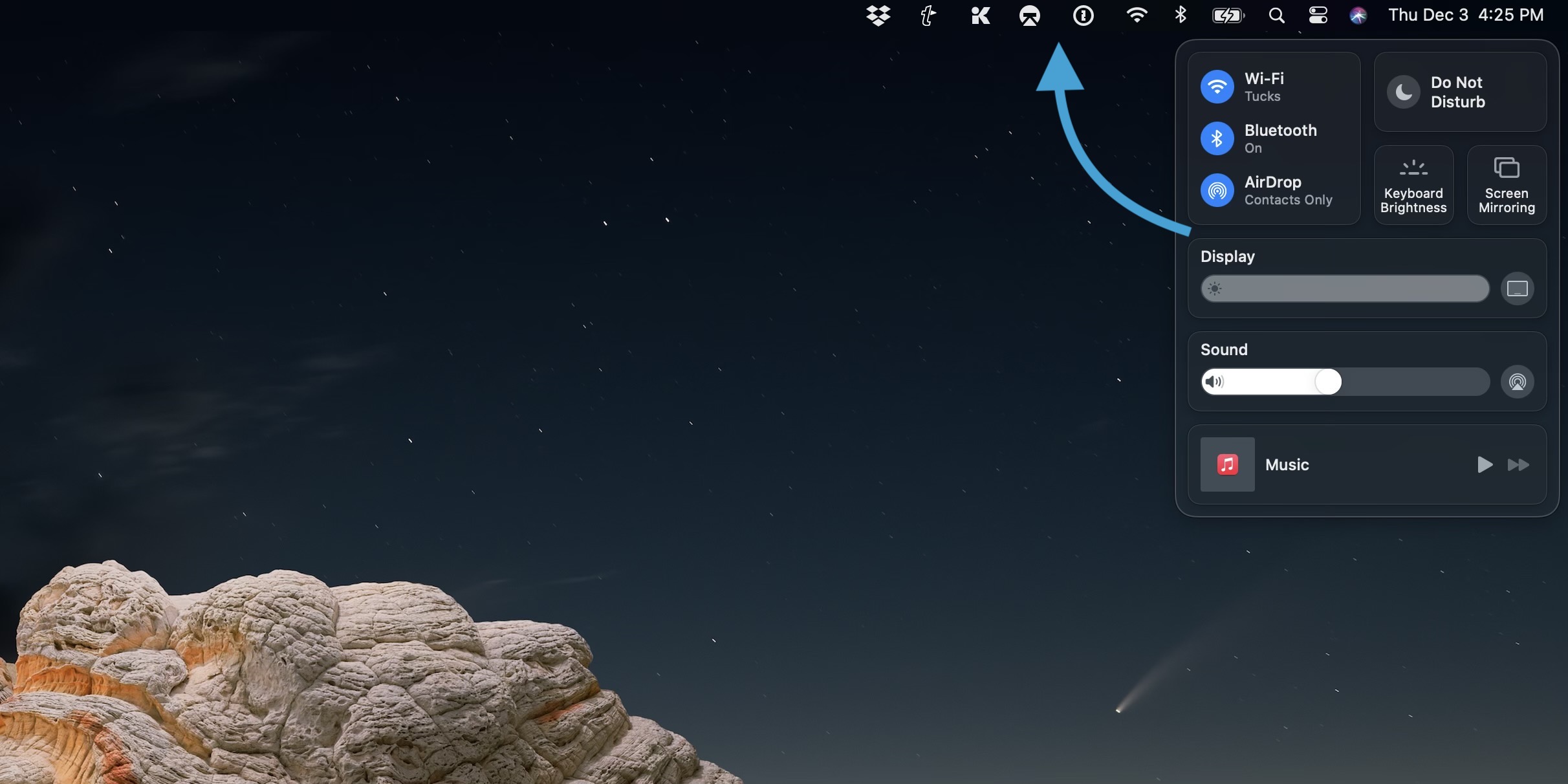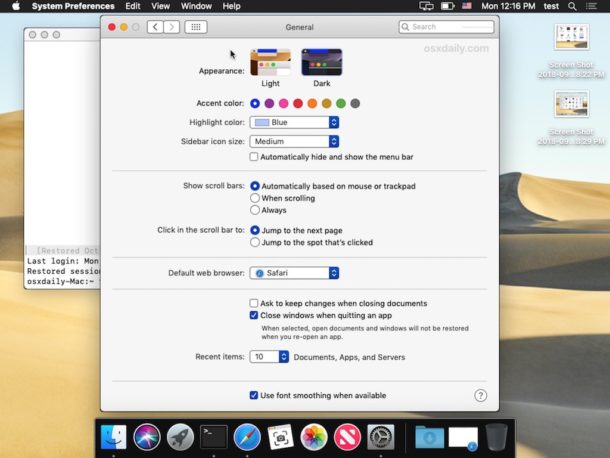
:max_bytes(150000):strip_icc()/launchfinder-340aa8e12df54fcdb7a00d5f690fffc5.jpg)

For example, something like 14:d2:71:11:57:a6 would work. It needs to be twelve hexadecimal numbers in groups of two, separated by colons. If you’re not comfortable with the OS X command line, perhaps it’s not a good idea to play with MAC addresses…įirst, let’s change the MAC address to a specific address. Both of the methods I’m demonstrating here require the use of Terminal. Remember, there’s usually no reason for you to change the MAC address unless you have a specific reason to do so. Launch Terminal from the Applications > Utilities folder, then type in the command highlighted in yellow below, substituting the correct BSD Device Name (in this case, en1): Using Terminal to determine the MAC address of a network interface You can also use the Terminal to find the current MAC address of an interface. Use the System Information Utility to find other MAC addresses On my iMac (see image below), the Ethernet card is listed as en0 with a MAC address beginning with 38:c9:86. In either case, click on Network, then the specific network hardware you wish to find. Launch it from Applications > Utilities > System Information, or from the Apple Menu > About This Mac > System Report. If you need to check the MAC address for other network devices, the System Information utility is very helpful.

The MAC address is right below that interface name - in this case, it begins with the hexadecimal address 28:f0:76.and I’m going to stop right there because I don’t want to encourage hackers to break into my machine! First, it’s using an interface with the name of en1 to connect to Wi-Fi. This tells us a few things about the Mac we’re on. This is quite simple just hold down the Option key on your keyboard, then click on the Wi-Fi icon in the Mac menubar: Using the option key and Wi-Fi icon to find the interface name and MAC address for Wi-Fi It’s rare, but it’s one of those things you might need to know someday.įirst, let’s find the existing MAC address for the connection you’re most likely using - a Wi-Fi connection. This address can be used to identify a specific computer when it’s on the Internet, so those individuals who are very concerned about privacy sometimes use what’s called “MAC address spoofing” to temporarily mask the MAC address of the computer they’re using. Every network card in your Mac, whether it’s for Ethernet, Wi-Fi, or even Thunderbolt, has been assigned a unique identifier called a Media Access Control or MAC address.


 0 kommentar(er)
0 kommentar(er)
